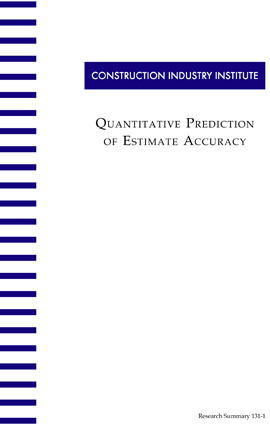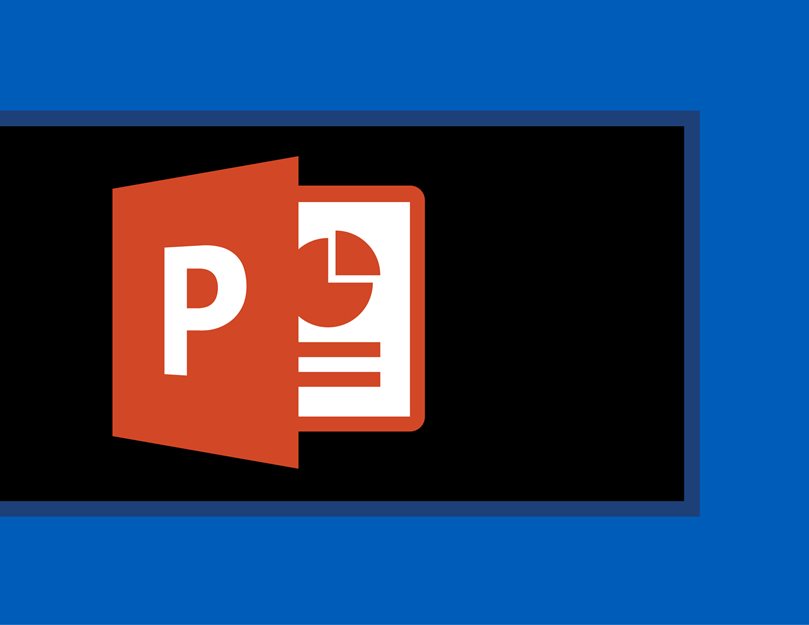
Improving Early Estimates Best Practices Guide
A well-prepared early estimate enables the business unit to make sound economic decisions. To prepare reliable estimates, the estimate methodology must be commensurate with the desired level of accuracy and the level of scope definition at the time the estimate is prepared.
The first step in the estimating work process is alignment. Alignment between the customer and the estimating team must be established before starting an estimate. Alignment facilitates early communication to ensure a clear understanding of the customer’s expectations and the estimating team’s ability to meet those expectations. Close alignment helps mitigate estimate inaccuracies that can result from misunderstandings and miscommunications. It also enables establishment of the estimate work plan and staffing requirements. The estimate kick-off meeting provides a forum for establishing alignment.
The accuracy of any estimate depends on the quantity and quality of information known about the project at the time the estimate is being prepared. In simple terms, better scope definition yields better estimate accuracy. When scope is not clearly defined, the experience and skills of the team in general and the estimators in particular have a significant impact on estimate accuracy. Therefore, for early estimates it is important to use the most experienced team members. CII research shows that team skills and estimating procedures have a significant impact on the accuracy of the estimate.
Many estimates are prepared over the life of a project. To produce consistency in estimates, a company-standardized estimating work process should be established. An estimate work plan should be prepared before starting any estimate. The selection of the estimate methodology to be used in preparing an early estimate should be commensurate with the amount of time allowed to prepare the estimate and quality of technical information available for the estimate, in particular the level of scope definition and the availability of cost information. Effective use of estimate checklists will minimize omissions and duplications. A standard estimating work process should include using key cost indicators to perform reality checks.
When an estimate is completed, a support document should be prepared to provide a narrative for the basis of the estimate including assumptions, inclusions, exclusions, and other factors that affect estimate accuracy.
Estimate reviews should be conducted at strategic times during estimate preparation to improve communications. No estimate should be released without internal reviews. The level and number of reviews depends on the magnitude and purpose of the estimate.
Effective communications are enhanced with estimate feedback. No estimating process is complete without continuous feedback loops. Feedback from lessons learned allows adjustments in estimating standards and practices to improve estimates. Therefore, a process must be established to capture and retrieve project data.
Risk assessment and assigning contingency are important tasks in preparing estimates, particularly early estimates. Key members of the project management team must provide input to assess risk properly and to assign contingency, based on the expected level of estimate accuracy. Utilizing structured techniques to determine contingency reduces subjectivity, which improves estimate accuracy. The estimator must select the appropriate method from the many techniques available.
Using the ESP software to determine contingency provides an alternative approach that can be checked against other methods of assigning contingency. The ESP software can improve early estimates because the procedure of scoring an estimate identifies strengths and weaknesses in estimate preparation. Improving elements that receive a poor rating will improve estimate accuracy.
{^widget|(widget_displayname)WatermarkImage|(image)%7e%2fCII%2fmedia%2fPublications%2f131_2Figure13.PNG%3fext%3d.png|(name)WatermarkImage|(width)|(height)^}
The estimate work plan is a document to guide the team in preparing accurate estimates and improving the estimating process. It identifies the work that needs to be accomplished to prepare the estimate: who is going to do it, when it is being done, and the budget for preparing the estimate. The work plan serves as a document to coordinate the estimating work and as a basis to control and maintain the estimating process. It is one of the tools and techniques used to by early estimation teams and identified in the best practice guide. The illustration below is the typical information addressed in an Estimate Work Plan. (IR131-2, Figure 4, p. 15)
Estimate Work Plan graphic (IR131-2, Figure 4, p. 16)IR131-2, Improving Early Estimates Best Practices Guide
This guide describes the most effective ways to achieve more accurate early estimates emphasizing team alignment, project scope definition, estimate reviews, the estimate team’s experience level, assessing risk and assigning contingency.
- This guide included the Estimate Scoring Program (ESP), which is no longer supported and does not run on current platforms.



